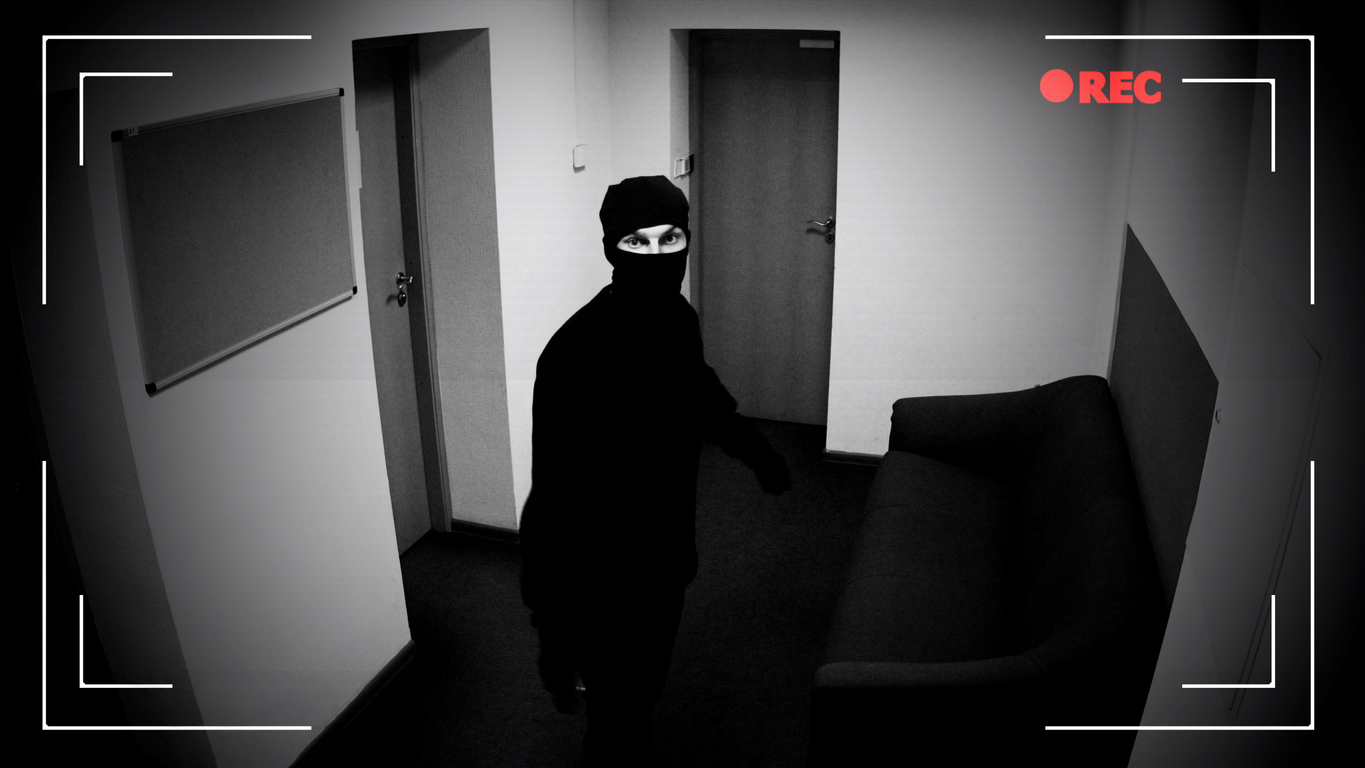In recent years, the safety of commercial properties has faced new challenges, especially during the cover of night. A striking 11.7% increase in non-residential burglaries since 2019 underscores the need for improved security measures. As businesses grapple with this rise, audio deterrence emerges as a cutting-edge solution, offering not just surveillance, but proactive crime prevention.
The Mechanics of Audio Deterrence
Audio deterrence in surveillance isn’t just about having ears on the ground; it’s about voicing presence. But what is it exactly? At its core, audio deterrence uses sound, particularly human voices, to deter criminal activity. Having the ability to reference what the suspect is doing or wearing in real-time increases the effectiveness of the intervention beyond what alarms can do, as criminals know they are actively being observed.
While two-way audio systems allow for a conversation between the operator and the suspect, one-way systems give clear, uninterrupted directives. This ensures that any video evidence remains uncontested regarding non-compliance, and without the intruder being able to interrupt, miscommunication is avoided. Moreover, one-way audio reduces potential escalation, maintaining a professional demeanor and limiting liabilities.
Imagine, as an intruder, suddenly hearing a voice addressing you directly. The innate human reaction is often to flee or cease the illicit activity. This spontaneous human voice intervention can jolt criminals, disrupting their intentions and plans.
Specific Scenarios: Audio Deterrence in Action
Trespassing
The instant a trespasser steps foot into a restricted area, they’re greeted with a direct address, signaling they’re not as invisible as they believed.
Vandalism
Before a vandal can even make their mark, an authoritative voice halts them, reminding them of surveillance and potential consequences.
Theft
Thieves think they move in shadows, but with audio deterrence, they’re warned, watched, and recorded.
Reducing the Need for Human Intervention
Beyond deterring criminals, audio systems reduce the dependency on on-site personnel. The mere voice often suffices in preventing crime, lowering the rates of physical interventions. Such measures, backed by real-world data, showcase tangible drops in intervention rates, making spaces safer with fewer resources.
It’s not just about the first incident. Establishing a location as “monitored” deters repeat offenders. While pre-recorded messages can be effective, nothing beats the alertness of a live audio intervention. Both have their merits, with the choice largely dependent on specific business needs.
The beauty of audio deterrence lies in its ability to seamlessly integrate with existing security infrastructures like motion detectors, lighting, and advanced camera tech. Imagine a layered security approach: an intruder is first spotted visually, then warned audibly – a double strike against potential threats.
Cost Benefits and ROI
In the realm of security, prevention is always more cost-effective than cure. The financial ramifications of burglaries, vandalism, and other criminal activities often surpass the initial investment in audio deterrence. Moreover, businesses may find insurance premiums dropping, acknowledging the reduced risk profile.
As we navigate the complexities of modern security challenges, the importance of innovation cannot be overstated. Audio deterrence stands at the forefront of this evolution, merging technology with the basic human instinct of voice. For businesses committed to safety, it’s more than a feature—it’s an investment in peace of mind.


